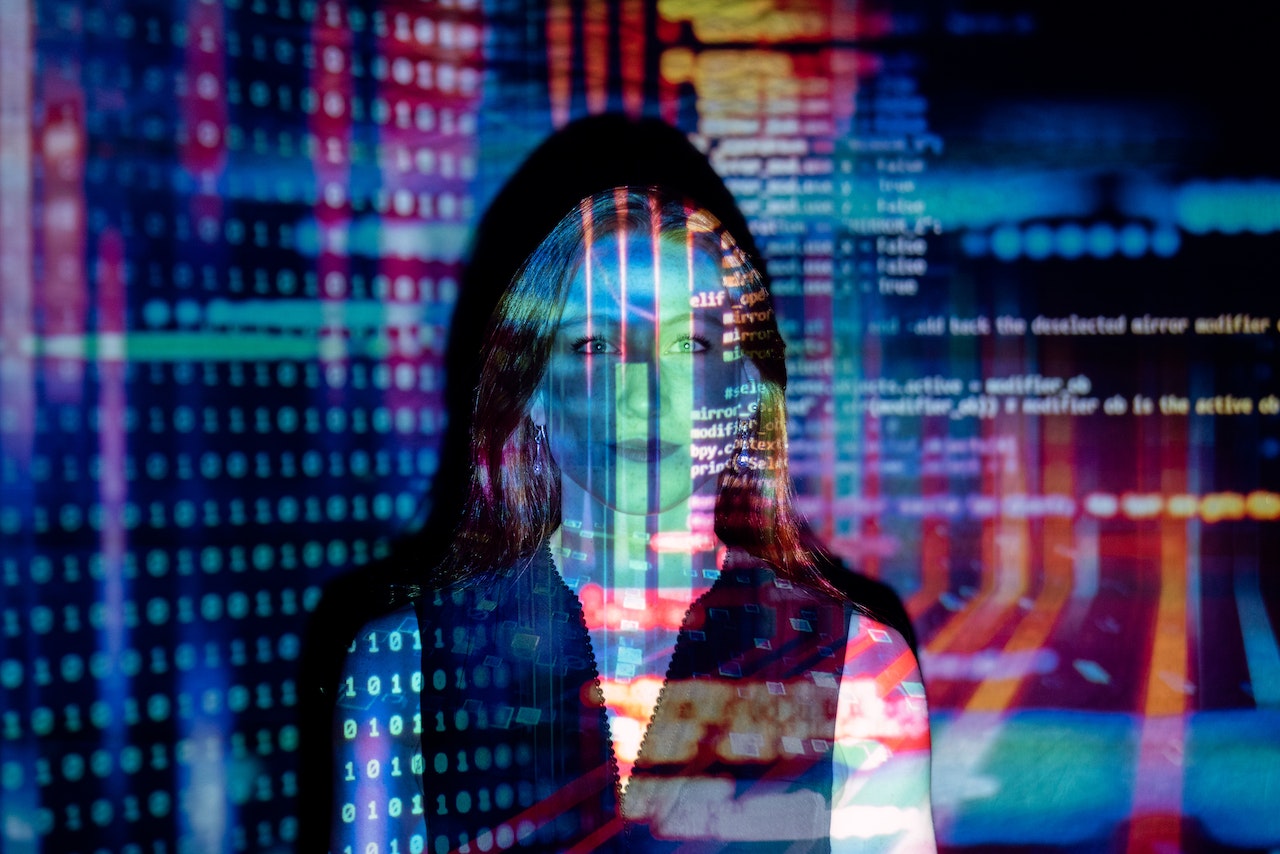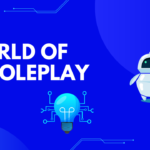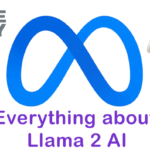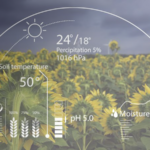Artificial Intelligence (AI) has emerged as a transformative technology, revolutionizing numerous industries and everyday life. With new AI trends constantly emerging, it is fascinating to delve into the practical applications and diverse use cases of this groundbreaking technology. In this blog post, we will explore the practical uses of AI trends across various domains, highlighting the latest trends that are shaping the AI landscape.
AI-Driven Automation
Automation is a key area where AI has found widespread application. Intelligent robotic systems are being employed in industries like manufacturing, logistics, and agriculture to streamline operations, improve efficiency, and enhance productivity. AI-powered chatbots and virtual assistants are also automating customer service and support processes, providing quick and personalized responses.
AI Trends in Smart Cities and IoT
Artificial Intelligence plays a vital role in building smart cities and enabling the Internet of Things (IoT) ecosystem. AI algorithms analyze data from various sources, including sensors and connected devices, to optimize resource management, enhance energy efficiency, and improve urban planning. AI-driven traffic management systems can minimize congestion and improve transportation efficiency.
Natural Language Processing and Conversational AI Trends
Advancements in Natural Language Processing (NLP) have given rise to conversational AI systems, such as chatbots and voice assistants. These intelligent systems can understand and respond to human language, making interactions with technology more intuitive and seamless. NLP also facilitates language translation, sentiment analysis, and content generation.
AI in Healthcare
The healthcare industry has witnessed a significant impact from AI advancements. AI-powered diagnostic systems can analyze medical images, such as X-rays and MRIs, assisting doctors in accurate disease detection and treatment planning. Additionally, AI algorithms can mine vast amounts of patient data to identify patterns and provide personalized treatment recommendations.
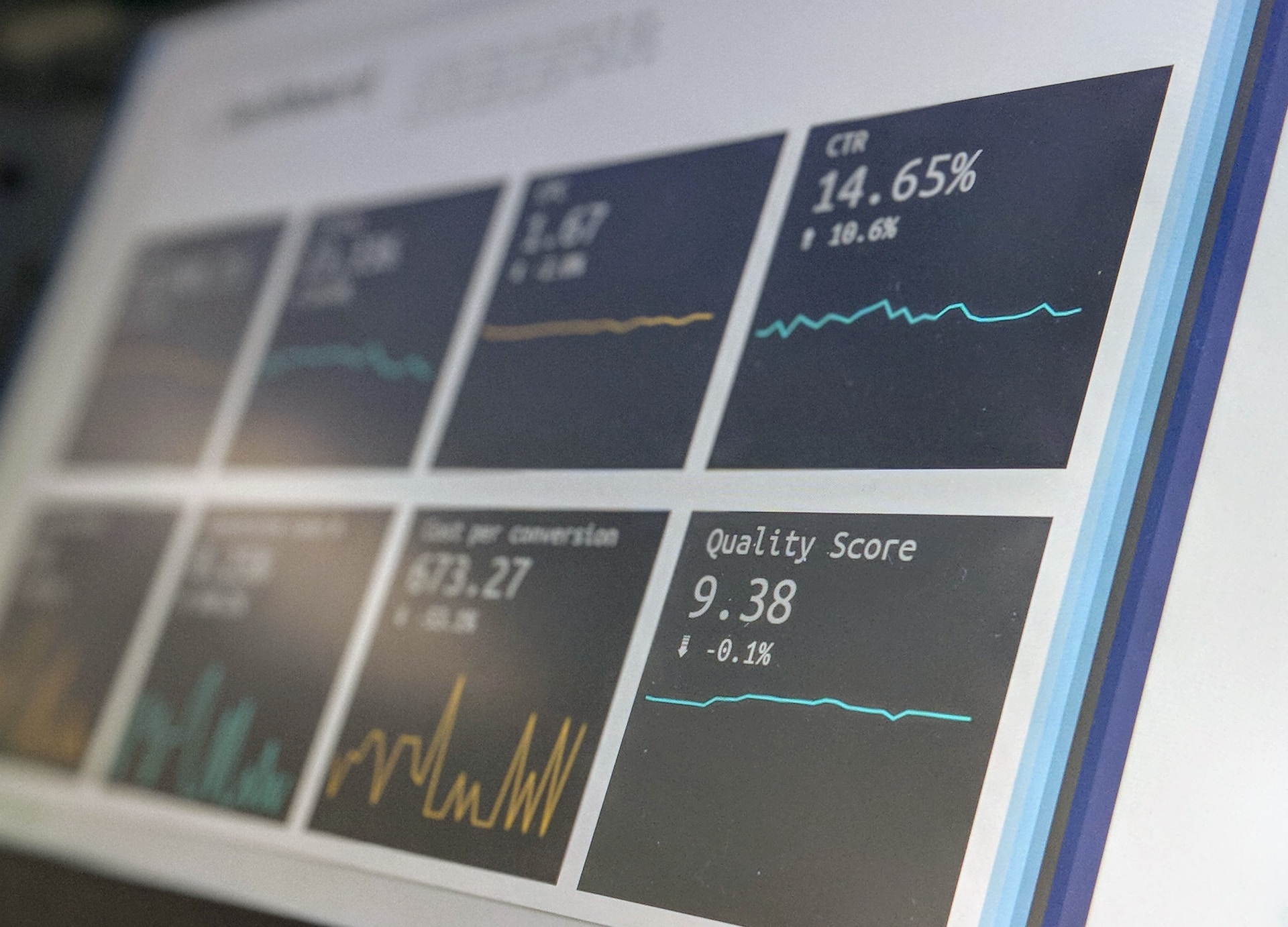
Modern AI for Personalized Recommendations
E-commerce platforms, streaming services, and content platforms leverage AI-powered recommendation systems to personalize user experiences. By analyzing user behavior, preferences, and historical data, these systems suggest relevant products, movies, music, or articles, enhancing user satisfaction and engagement.
AI uses in Finance
The finance industry has embraced AI for fraud detection, risk assessment, and algorithmic trading. Machine learning algorithms can analyze vast amounts of financial data in real-time to identify anomalies, detect fraudulent transactions, and make accurate predictions for investment decisions.
New AI trends and Uses in Agriculture
AI technologies are being increasingly adopted in agriculture to optimize crop yields, intelligent spraying, crop and soil monitoring, manage resources efficiently, and monitor plant health. Drones equipped with computer vision and AI algorithms can assess crop health, detect pests or diseases, and aid in precision farming techniques.
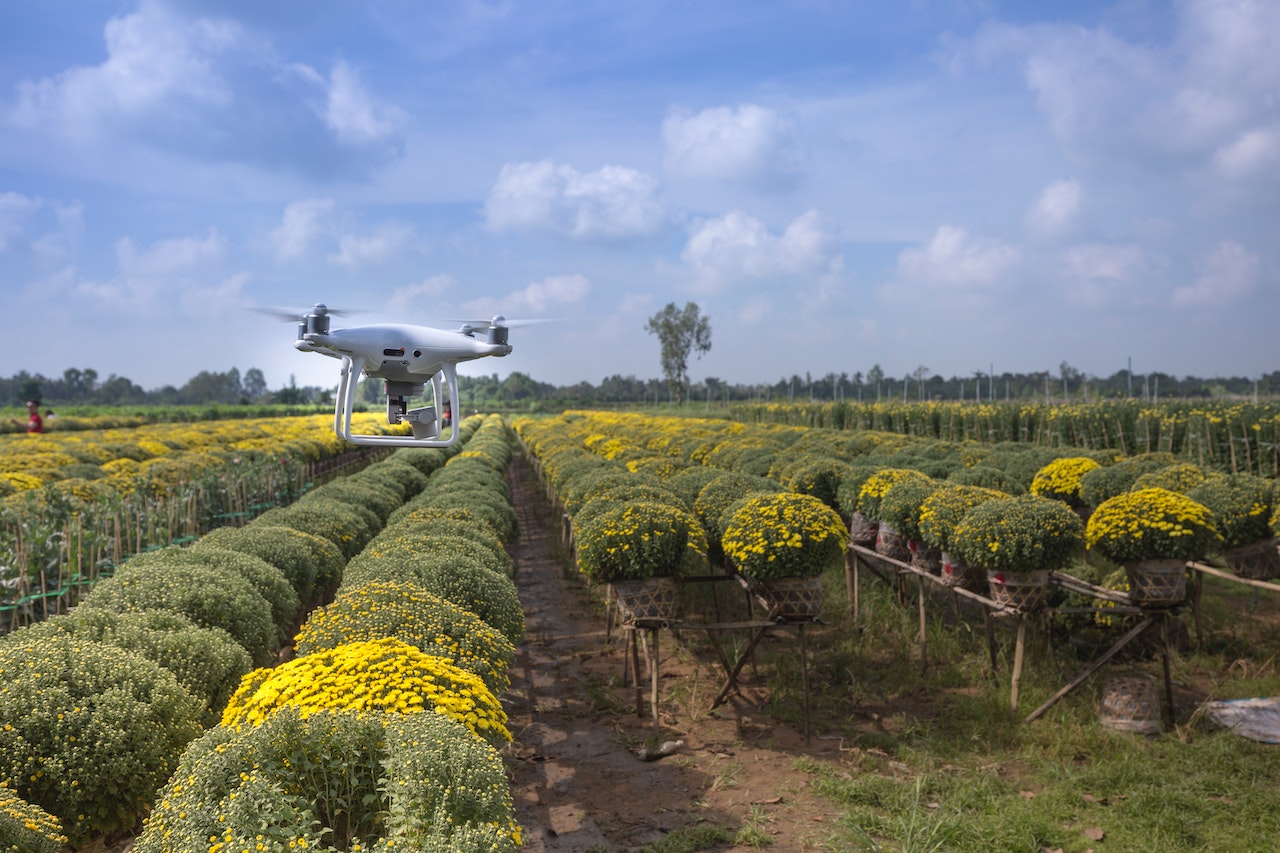
AI for Autonomous Vehicles
The development of self-driving cars showcases the power of AI in the transportation industry. AI algorithms process sensor data to perceive the environment, make real-time decisions, and navigate autonomously. This technology has the potential to enhance road safety and transform the future of transportation. Using new AI technology, Tesla and many other car brands now provide extremely accurate autonomous driving systems.
AI for Robotics
AI has greatly influenced the field of robotics, bringing unprecedented capabilities and advancements. By integrating AI technologies, robots can perceive their surroundings, make informed decisions, and perform complex tasks with remarkable precision. One of the key applications of AI in robotics is autonomous navigation. AI algorithms enable robots to sense and interpret their environment using various sensors, such as cameras, lidar, and depth sensors, allowing them to navigate safely and efficiently.
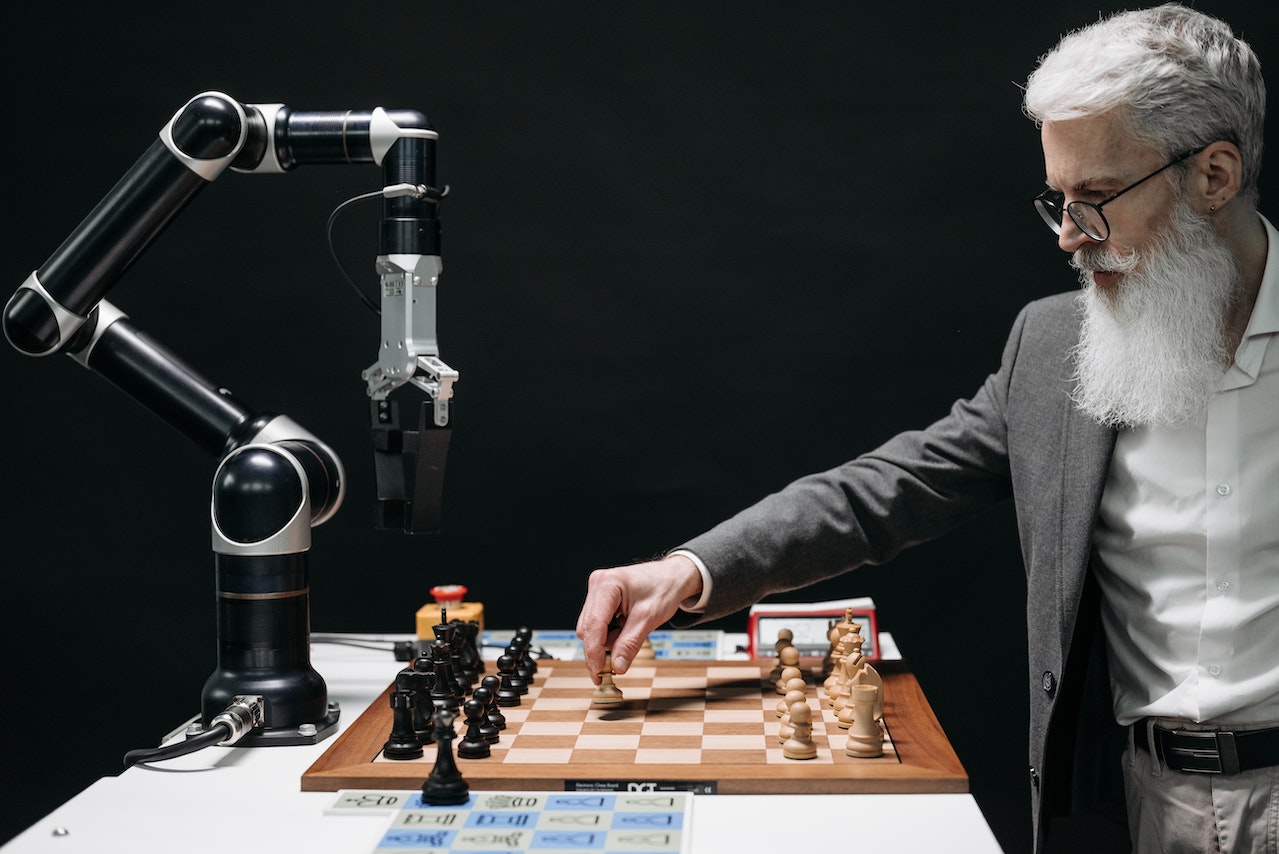
Furthermore, AI enhances the ability of robots to interact with humans and understand natural language commands. This opens up possibilities for collaborative robots, also known as cobots, that can work alongside humans in shared workspaces. AI-driven machine learning algorithms enable robots to adapt and learn from human feedback, improving their performance and task efficiency over time.
Conclusion
The practical uses of Artificial Intelligence are vast and continue to expand across industries. From healthcare and finance to transportation and agriculture, AI is revolutionizing the way we work and live. As new AI trends emerge, it is essential to stay updated on the latest developments to harness the full potential of this transformative technology. By embracing AI in various domains, we can unlock innovative solutions, improve efficiency, and create a more connected and intelligent world. Incorporating new AI trends and leveraging the practical uses of artificial intelligence can unlock endless possibilities for businesses and individuals alike. As AI continues to evolve, it is important to explore its potential and stay at the forefront of these advancements.
